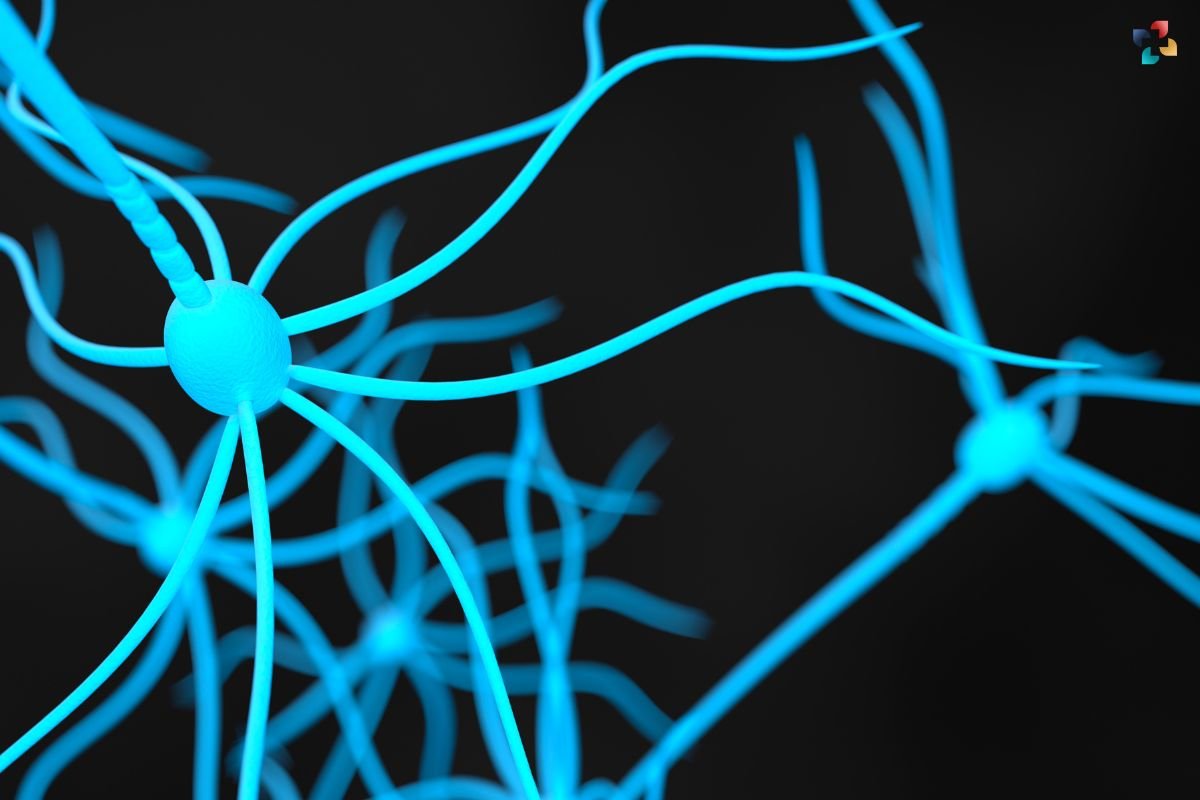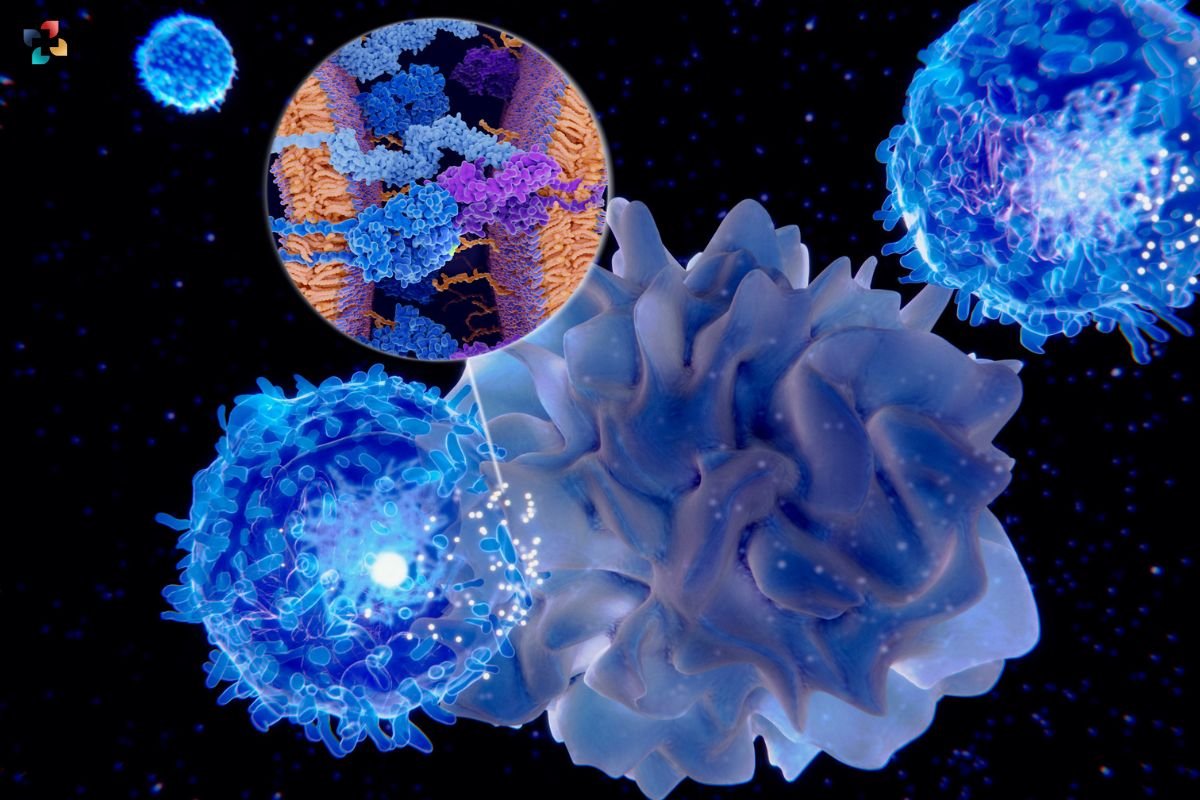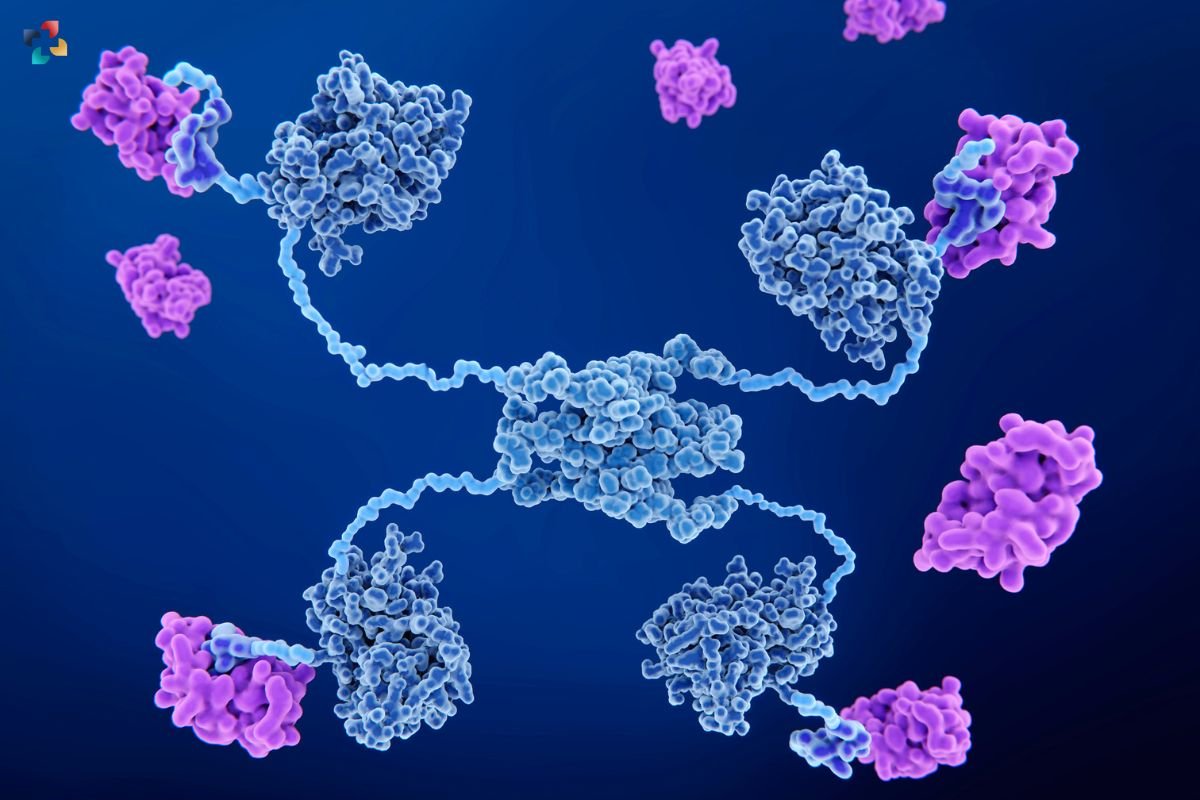Cellular signaling is one of the basic mechanisms that control life in the complex field of cellular biology. Cells are able to interact through this intricate and well-designed system, reacting to outside stimuli and coordinating internal processes. In this investigation, we explore the fundamentals of cellular signaling, learning about its forms, mechanisms, sites, and vital roles in the orchestration of life.
The Four Types of Cell Signaling:
Cellular signaling, a fundamental aspect of biology, exhibits diverse forms that enable communication within and between cells. These signaling mechanisms, crucial for the orchestration of cellular activities, can be categorized into four types.
Endocrine signaling involves the release of hormones into the bloodstream by glands, affecting distant target cells. Paracrine signaling occurs locally, with signaling molecules influencing nearby cells. Autocrine signaling sees cells releasing molecules that act on their own receptors, influencing their behavior. Juxtacrine signaling involves direct contact between cells, impacting cell fate.
Each type plays a unique role in transmitting information, contributing to the intricate language of cellular communication. Whether influencing distant cells through the circulatory system or exerting localized effects, these signaling pathways collectively regulate essential processes, highlighting the complexity and precision embedded in cellular signaling.
1. Endocrine Signaling
Endocrine signaling involves the release of hormones into the bloodstream by endocrine glands, which travel to target cells with specific receptors.
Example: The thyroid gland releases thyroid hormones that regulate metabolism throughout the body.
2. Paracrine Signaling

Paracrine signaling occurs when signaling molecules affect nearby cells, but the molecules are not released into the bloodstream.
Example: Nerve cells release neurotransmitters to signal an adjacent nerve cell or muscle cell.
3. Autocrine Signaling
In autocrine signaling, cells release signaling molecules that bind to their own cell surface receptors, influencing their own behavior.
Example: Immune cells release cytokines to stimulate further immune responses.
4. Juxtacrine Signaling
Juxtacrine signaling involves direct contact between signaling and target cells.
Example: Notch signaling, where membrane-bound proteins on adjacent cells interact, influencing cell fate and development.
The Cell Signaling Process:
The cell signaling process is a sophisticated and intricate sequence of events that enables cells to communicate effectively. Beginning with signal reception, cells possess specialized receptor proteins that bind to signaling molecules, initiating a cascade of events. This transduction phase involves amplifying the signal through various intracellular pathways, often utilizing second messengers. Subsequently, the cell responds to the signal, culminating in specific cellular activities, such as changes in gene expression, alterations in metabolism, or modifications to cell structure.
This nuanced process ensures that cells can not only receive external signals but also interpret and execute appropriate responses, contributing to the overall coordination and regulation of cellular activities. The precision and complexity of the cell signaling process underscore its pivotal role in maintaining cellular homeostasis and orchestrating various physiological functions.
1. Signal Reception
Receptor Proteins: Cells have specialized receptor proteins on their surface or within, designed to bind specific signaling molecules.
Ligand Binding: Signaling molecules, or ligands, bind to these receptors, triggering conformational changes.
2. Transduction
Signal Amplification: The binding event initiates a cascade of intracellular events, often involving second messengers, amplifying the signal.
Signal Transduction Pathways: These pathways relay the signal from the cell surface to the nucleus, influencing gene expression.

3. Response
Cellular Response: The ultimate outcome is a cellular response, which can include changes in gene expression, altered metabolism, or modifications to cell structure.
Adaptation and Termination: Cells often adapt to continuous signaling, and mechanisms exist to terminate signals, ensuring precise control.
Where is Cell Signaling?
Cell signaling is a versatile and ubiquitous process, spanning various contexts and cellular environments. It operates both within individual cells and in interactions between neighboring or distant cells. Intracellular signaling occurs within the cell itself, involving communication through second messengers like calcium ions or cyclic AMP. Intercellular signaling mechanisms, including paracrine, autocrine, and juxtacrine signaling, take place between adjacent cells, influencing their immediate surroundings.
Additionally, endocrine signaling extends the reach of cell signaling to a systemic level, as hormones travel through the bloodstream to affect distant target cells. This expansive and adaptable nature of cell signaling ensures that communication can occur at the local level or across the entire organism, allowing cells to coordinate responses, maintain homeostasis, and adapt to their dynamic environments.

Unveiling the Wonders of Cell Division
One of the basic phenomena in biology is cell division, the complex process by which cells divide and contribute to the growth, development, and maintenance of living organisms.
1. Intracellular Signaling
Within the Cell: Intracellular signaling involves communication within the cell, often through second messengers like cAMP or calcium ions.
Intracellular Receptors: Lipid-soluble signaling molecules can directly enter the cell and bind to intracellular receptors in the cytoplasm or nucleus.
2. Intercellular Signaling
Between Adjacent Cells: Paracrine, autocrine, and juxtacrine signaling mechanisms operate in close proximity between neighboring cells.
Endocrine Signaling: Endocrine signaling spans the entire organism, as hormones travel through the bloodstream to reach distant target cells.
The Functions of Cell Signaling:
The multifaceted functions of cell signaling are pivotal for the regulation and coordination of various cellular activities.
1. Cellular Homeostasis
Maintaining Balance: Signaling pathways contribute to the maintenance of cellular equilibrium, ensuring stability in the face of changing environments.
Response to Stress: Cells can activate signaling pathways to respond to stressors, adapting their behavior for survival.
2. Development and Growth
Cell Fate Determination: Signaling pathways influence the fate of cells during development, dictating whether a cell becomes a heart cell, a nerve cell, or another cell type.
Cellular Proliferation: Signaling is essential for regulating cell division and growth, crucial for development and tissue repair.
Cellular Signaling Types (Paracrine, Endocrine, Juxtacrine, …)
3. Immune Response
Defense Mechanism: Signaling plays a pivotal role in immune responses, coordinating the activities of various immune cells to defend against pathogens.
Inflammation: Signaling molecules trigger inflammation, a crucial part of the immune response to infection or injury.
4. Metabolism
Energy Regulation: Signaling pathways regulate metabolic processes, influencing how cells utilize and store energy.
Nutrient Sensing: Cells employ signaling to sense nutrient availability and adjust metabolic activities accordingly.
5. Cell Death and Survival

Apoptosis: Signaling pathways regulate programmed cell death (apoptosis), a fundamental process for development and tissue homeostasis.
Survival Signals: Cells receive signals that promote survival and prevent apoptosis under favorable conditions.
Conclusion
Cellular signaling takes the stage as the choreographer in the complex dance of life, directing the reactions and actions of individual cells. Gaining insight into the subtleties of this process provides opportunities for focused therapies in both health and sickness, as well as an understanding of the complex language regulating life at the cellular level. We discover not only the workings of life but also its poetry as we delve more into the intricacies of cellular signaling.







